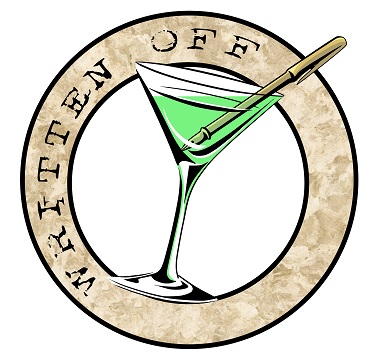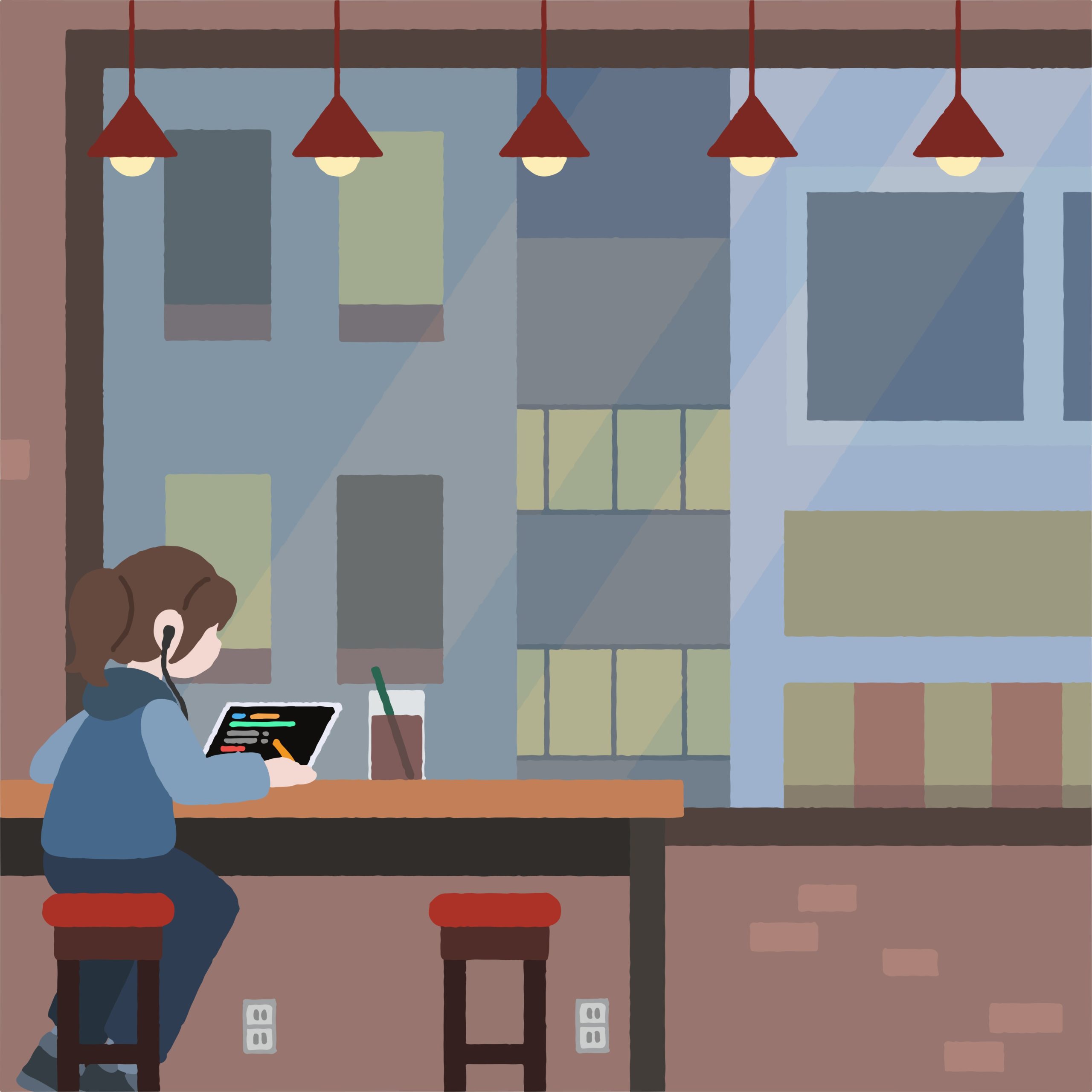When you’re writing a story or a poem, or painting a landscape, even reading something new, your mind imagines worlds of possibility. Your brain, releases happy chemicals, rewarding you for being creative. You can literally make yourself feel better by being creative. Now, that is a simple way of explaining things, but it is, essentially, what’s going on. Of course, there is science going on, and I am a person who loves science. The three rules of Written Off are based on science and psychology, so to find out that, scientifically, cool stuff was happening in your brain while you’re being creative, got me excited.
What is creativity?
Mark A. Runco, PhD and Director of Creativity, Research and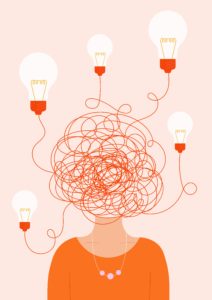 Programming at Southern Oregon University states that creativity involves an honest expression, ideas that are original and effective.
Programming at Southern Oregon University states that creativity involves an honest expression, ideas that are original and effective.
Creativity will lead you to the ‘AHA moment’ or the Eureka Moment, when all the hard work and thought process unlock clarity of thought and the path ahead seems clear.
Another definition of creativity comes from the Californian State University, and it says –
“…creativity is defined as the tendency to generate or recognise ideas, alternatives, or possibilities that may be useful in solving problems, communicating with others, and entertaining ourselves and others.”
There are other definitions of what creativity is, almost as if each person has their own version of it. My definition involves coming up with original ideas or producing something original. I can be writing creatively, or painting miniatures creatively, and each of those two activities requires different definitions of creativity. I know that I won’t think of something original when I am cooking, but creating a meal from scratch and following a recipe is a creative activity.
I also enjoy how elusive and slippery trying to define creativity is. You know, in your soul, what it is, you can recognise a creative person, but it’s a struggle to define ‘why’ you know this.
The Four Types of Creativity
In 2004, neuropsychologist Arne Dietrich defined four types of creativity and laid them out in a matrix.
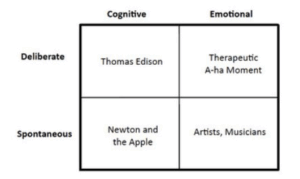
Fig.1 Matrix representing the four types of creativity and associated examples according to Arne Dietrich – Source- Klaxoon
Deliberate and Cognitive
This is the creativity that is born from turning up, putting the hard work in, trying new things when a proves doesn’t work, tweaking something until you get it right.
Scientists and engineers have this kind of creative process. They will create something, invent something, test it, iron out the problems until they get something that works, and yell EUREKA!
You need to focus your attention and make connections between the information stored in your brain to reach your creative solution.
Deliberate and emotional
Sitting quietly and contemplatively can bring about creativity for some. You are deliberately being quiet and still, feeling what is going on inside you and around you.
People who sit in this space need time to think, to disengage from the subject and contemplate. They imagine problems and solutions and come up with their AH HA moments from seemingly nothing.
Journalling can help with this kind of creativity, helping you have a record of thoughts and feelings. Much like dreams, you can have a great idea while meditating, but it’s so easy for them to disappear when you want to remember them.
Spontaneous and Cognitive
This kind of creativity is powered by dopamine, the reward chemicals in your brain. This type of creativity is happening all the time for these people, ‘happening outside of consciousness’, as klaxon tells us.
Someone in this space needs to have their brain doing something else, so ideas and aha ha moments come bursting in upon them. Think of Isaac Newton watching apples falling, and then realising – gravity!
There is a method to this madness, and you can set yourself up for this. Think of a problem, or an idea, and let it settle into your subconscious. Then go about your day to day activities, or find something menial to do, that bores your conscious mind nd empowers your subconscious.
Spontaneous and Emotional
This is creative quicksilver, the inspirational moment. People experience powerful emotional responses to creativity that drives them to even greater emotional heights. These types of creative moments are difficult to engineer, but there are ways to do it.
It is also known that people who ride these type of emotional waves can have down turns in their emotions when they’re not creative. So iv you’re one of these people, have a safety net ready to catch you.
These people need to live in creative bubbles and worlds. Paint your walls crazy colours, wear colourful clothes, read widely, always have a note pad and pen, or other device nearby, ready to catch those sparks of creativity when they burst from your mind.
Can you Create Creativity?
In short, yes you can. Above I mentioned ways you can put yourself in places where creativity can happen, but there are ways you can create your own creative self.
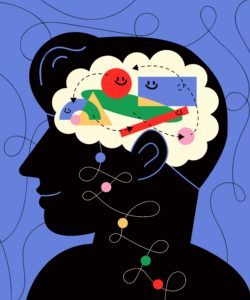 Boring your conscious mind through repetitive tasks, menial labour or even boring tv can work. People who are creative often have minds that want to be ticking over and thinking of things. So if you bore the waking mind, the sleeping mind below wants to come up and entertain you.
Boring your conscious mind through repetitive tasks, menial labour or even boring tv can work. People who are creative often have minds that want to be ticking over and thinking of things. So if you bore the waking mind, the sleeping mind below wants to come up and entertain you.
The hypnagogic state, that strange space between wakefulness and sleep, is often a rich source of creative material. The subconscious rises up to meet the conscious mind as it drifts into sleep. I imagine the conversations those to brain types have are fascinating.
Daydreaming with a purpose. Letting your mind wander, often as you are wandering yourself, is a great way to Imaginate ideas. Its okay just to put the mental gears in neutral and coast along. In this world of time-is-money, it may feel very indulgent to just daydream, but there are benefits.
If you daydream about a successful future then you will lean towards artistic achievement. Fantastical daydreaming can give you higher quality creative writing, while daydreaming of problem solving, while not creative, can lead to interesting solutions to your problems.
Where you daydream is important. Letting your mind wander while relaxing on a big cushion, purring cat on your lap and a steaming hot cup of tea may be nice, but the best places to go daydreaming are large outdoor spaces. We are so often indoors, with four walls and a roof, that getting outside, into nature into large spaces, can also make our minds feel the same freedom of space, and imagine anything.
Change the type of creativity you practice. If you are only every writing, or drawing, then you tend to feel less and less satisfied with your work. It takes longer, and more effort to get that reward sensation. Also, your body and mind becomes used to the actions and the process of that style of creating.
Change it up. Use a different set of mental and physical muscles. Try some pottery and ceramic work. Do some painting, cook something new, open up new neural pathways, discover other great ways to bring art into the world so your creative self doesn’t get bored.
What happens when we hit EUREKA?
The great thing about being creative is that when we have a breakthrough our brain rewards us with dopamine. This is our ‘feel good’ chemical, released during pleasurable experiences.
You’ve heard about the ‘runner’s high’ or the exercise high that people get, because doing physical activity, with an implied goal also rewards you with dopamine.
We are served those reward chemicals when we finish something, when we close the circle on something. Being creative and finishing a story makes you feel great!
This positivity can lead to many other positive things. You may feel proud of your accomplishments and want to share your writing, your art, with someone you know, or potentially strangers. It may kick start you into doing MORE creative work because you were so awesome this time!
It should inspire you to keep working. The wonderful feeling you get when being creative doesn’t go away as you keep creating. It hits you again and again every time you work on something new, or invest the effort into making your creation stronger.
Get Creative and Reward Yourself with Happy Feels
What I love about how the brain gives us dopamine when we’re creative is,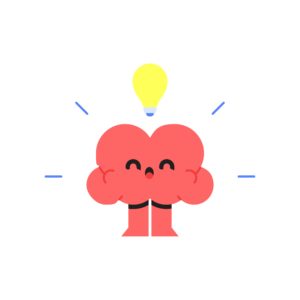 it doesn’t cost us any money. You can have a pen and paper and write a poem, work on it until it expresses you completely, share it with a friend, and feel happy, feel joy.
it doesn’t cost us any money. You can have a pen and paper and write a poem, work on it until it expresses you completely, share it with a friend, and feel happy, feel joy.
In this fast-paced world where attention spans are shorter and we need to consume media as fast as we can to get those quick highs, slowing down and creating something, original, something totally yours, is time well spent.
Reward yourself with snacks, shiny new pens or dice, if you can. I fall into this trap that I rarely reward myself when I do something good. I am slowly shifting this mindset, so now when I feel the dopamine because I’ve done a ‘good job’ I will reward myself.
Feel good that you completed something, you achieved a thing. Finishing a story is something to be proud of. Celebrate your win, tell someone about your win. Write it on a piece of paper and stick it into your happy jar.
